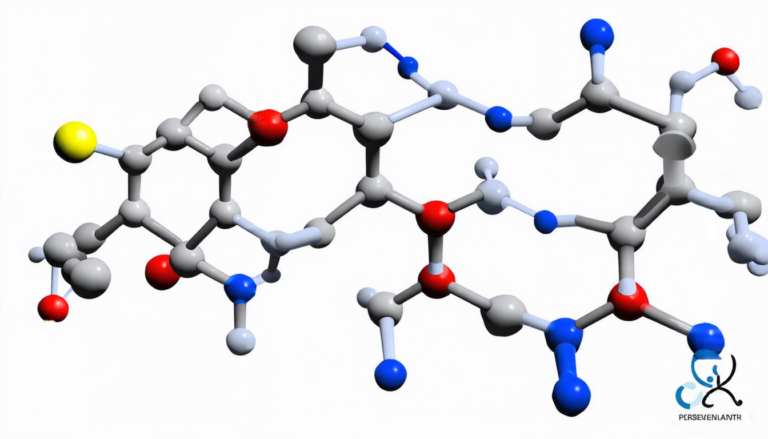Wednesday 23 July 2025
The quest for a cure for Alzheimer’s disease has been an ongoing effort in the medical community, with researchers working tirelessly to find new treatments and preventions. One approach that has shown promise is the development of peptide inhibitors designed to target the aggregation of beta-amyloid peptides, a key component of the disease.
Beta-amyloid peptides are responsible for the formation of insoluble fibrils in the brain, which can lead to neuronal death and cognitive decline. By designing peptides that can bind to these peptides and prevent their aggregation, researchers hope to slow or halt the progression of Alzheimer’s.
A recent study published in a scientific journal outlines a new approach to designing peptide inhibitors using a combination of computational modeling and molecular dynamics simulations. The team used a flexible template-based design strategy to identify potential inhibitors from a vast number of possible sequences.
The researchers began by creating a modified structure of a 40-residue beta-amyloid fibril, which served as the basis for their design. They then used a combinatorial optimization engine to generate thousands of unique peptide sequences that met specific criteria for binding energy and fold specificity.
These sequences were then subjected to molecular dynamics simulations using the AMBER software package. The simulations allowed the researchers to evaluate the binding energies of each sequence and identify those with the highest affinity for beta-amyloid peptides.
After filtering out sequences that demonstrated poor binding energies or self-aggregation, the team was left with a handful of promising candidates. These peptides were designed with alternating polar and non-polar amino acids, which allowed them to interact favorably with the beta-amyloid peptides and prevent their aggregation.
One of the most promising sequences identified in the study is a peptide containing three tryptophan residues. Tryptophans are known for their ability to form large non-polar interactions, making them ideal candidates for binding to beta-amyloid peptides.
The study’s findings have significant implications for the development of new treatments for Alzheimer’s disease. By identifying specific peptide sequences that can effectively bind to and inhibit the aggregation of beta-amyloid peptides, researchers may be able to develop more targeted therapies that slow or halt the progression of the disease.
Moreover, the approach used in this study demonstrates a powerful tool for designing peptide inhibitors. The combination of computational modeling and molecular dynamics simulations allows researchers to quickly and efficiently identify potential inhibitors from a vast number of possible sequences.
Cite this article: “Designing Peptide Inhibitors to Combat Alzheimer’s Disease”, The Science Archive, 2025.
Alzheimer’S Disease, Peptide Inhibitors, Beta-Amyloid Peptides, Computational Modeling, Molecular Dynamics Simulations, Peptide Design, Template-Based Design, Combinatorial Optimization Engine, Amber Software Package, Tryptophan Residues, Alzheimer’S Treatment.







